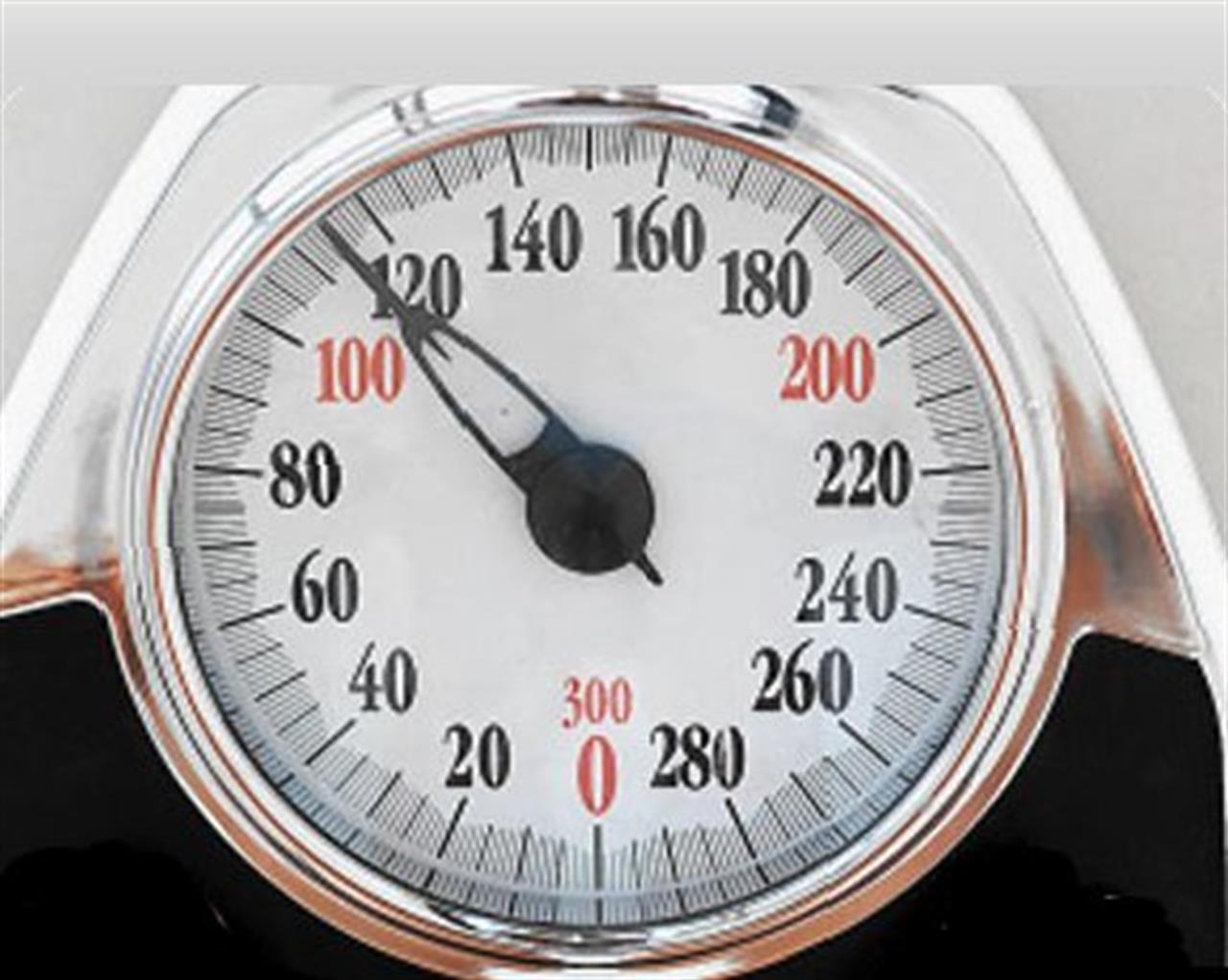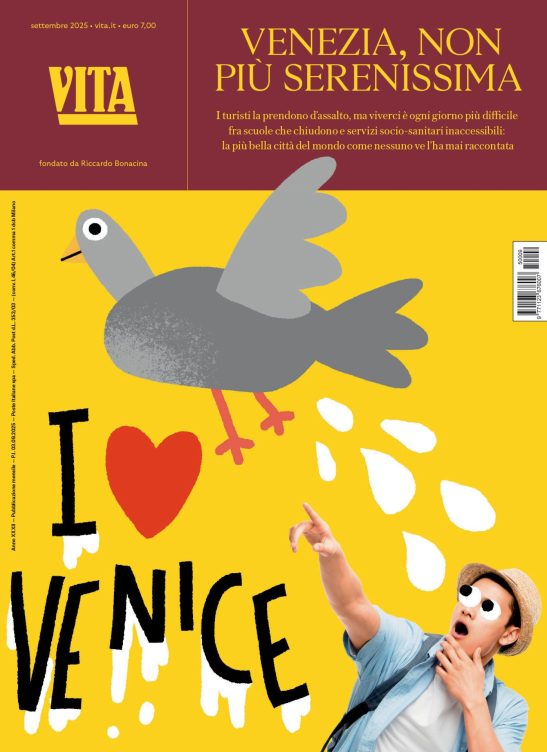Politica
Measuring volunteer work
A new manual has just been released to help track the amount, type and value of volunteer work
di Staff

The International Labour Organization (ILO) and the Johns Hopkins University Center for Civil Society Studies have announced the release of a new manual to help statistical agencies around the world track the amount, type and value of volunteer work in their countries.
The manual, drafted by the Johns Hopkins Center for Civil Society Studies in cooperation with the ILO and an International Technical Experts Group, and with the support of the United Nations Volunteers, represents the first-ever internationally sanctioned guidance to statistical agencies for generating reliable, official data on volunteer work using a common definition and approach.
“Volunteer work is an enormous renewable resource for social, economic, and environmental problem-solving throughout the world, as we are sure to discover again in the wake of the Japanese earthquake and tsunami. But the lack of solid data on volunteering has left it under-valued and its full potentials unrealized,” noted Lester M. Salamon, director of the Johns Hopkins Center for Civil Society Studies. “This manual promises to change this fundamentally. The challenge now is to secure government commitments to implement it.”
Previous work by the Johns Hopkins center has shown that, even conservatively estimated, the value of volunteer work in countries throughout the world is roughly double the value of contributions of cash or other valuables by individuals, corporations, and foundations together.
“The ILO is pleased to be a partner in this effort to bring volunteer work into official labour statistics around the world,” noted Rafael Diez de Medina, director of ILO’s Department of Statistics, which guides the gathering and reporting of labor statistics around the world. “We see this as an integral part of ILO’s commitment to the concept of ‘decent work,’ that is, work that promotes human rights, social protection and solid social dialogue. Labor statisticians from all over the world agreed to having this important Manual done during the last International Conference of Labour Statisticians hosted by the ILO in 2008.”
Completion of this manual coincides with the 10th anniversary of the 2001 United Nations International Year of the Volunteer (IYV), which called on governments to improve their measurement of volunteer work. It also coincides with the launch of IYV+10 and of the 2011 European Year of Volunteering.
“This manual responds to a key mandate established by the U.N. General Assembly at the conclusion of the International Year of the Volunteer in 2001,” noted Flavia Pansieri, executive coordinator of the United Nations Volunteers, the U.N. agency charged with encouraging volunteer work and a major supporter of the ILO-Johns Hopkins Volunteer Measurement Project. “In the process, it will boost the visibility of volunteer work, encourage more volunteer involvement, provide a basis for gauging the effectiveness of volunteer promotion efforts, and create a more enabling policy environment for volunteer activity, all of which will allow volunteers to expand the already notable contributions they make to improving health, expanding educational opportunities, promoting economic growth, and responding to disasters throughout the world.”
The new ILO manualprovides a consensus definition of volunteer work and a cost-effective way to measure its overall scale and economic value using existing statistical systems. The manualwas approved in concept at the 18th International Conference of Labour Statisticians in November 2008 convened by the ILO, a specialized agency of the United Nations, and a final draft was cleared by an international Technical Experts Group in October 2010. The ILO expects to issue a printed version of the manual in several months. The final approved pre-publication version of the Manual on the Measurement of Volunteer Work is available at: http://www.ccss.jhu.edu/index.php?section=content&view=9&sub=12&tri=106
Si può usare la Carta docente per abbonarsi a VITA?
Certo che sì! Basta emettere un buono sulla piattaforma del ministero del valore dell’abbonamento che si intende acquistare (1 anno carta + digital a 80€ o 1 anno digital a 60€) e inviarci il codice del buono a abbonamenti@vita.it
